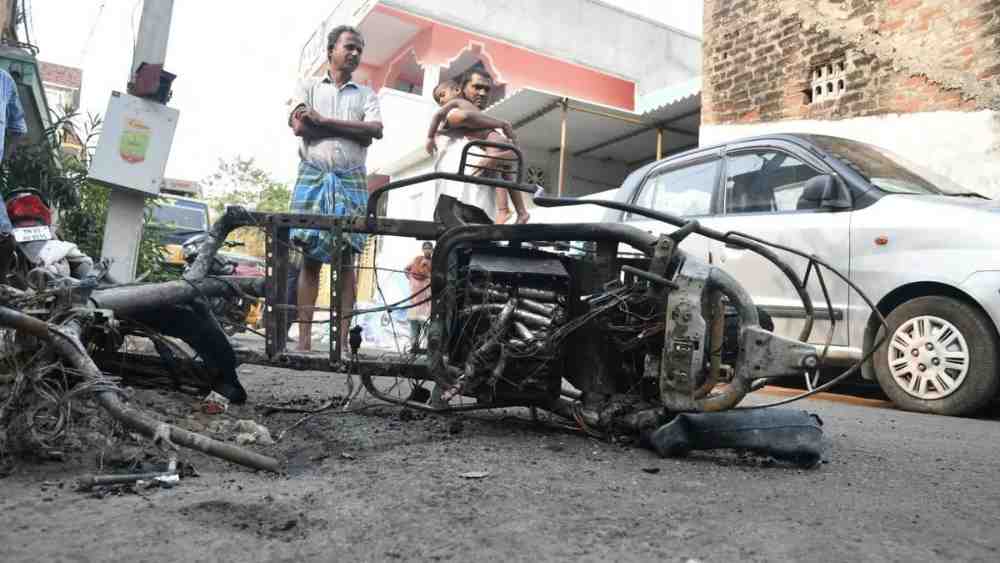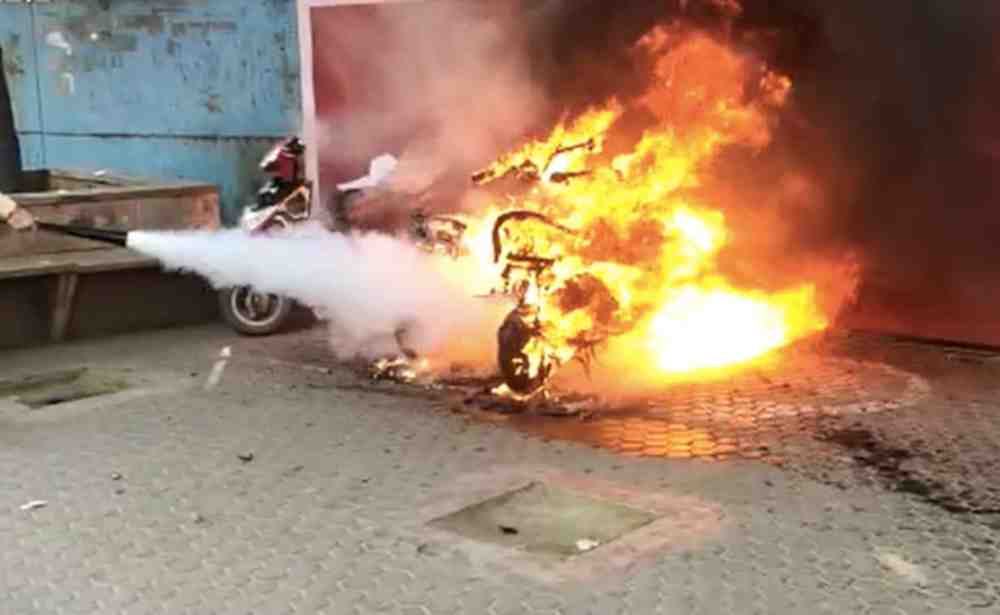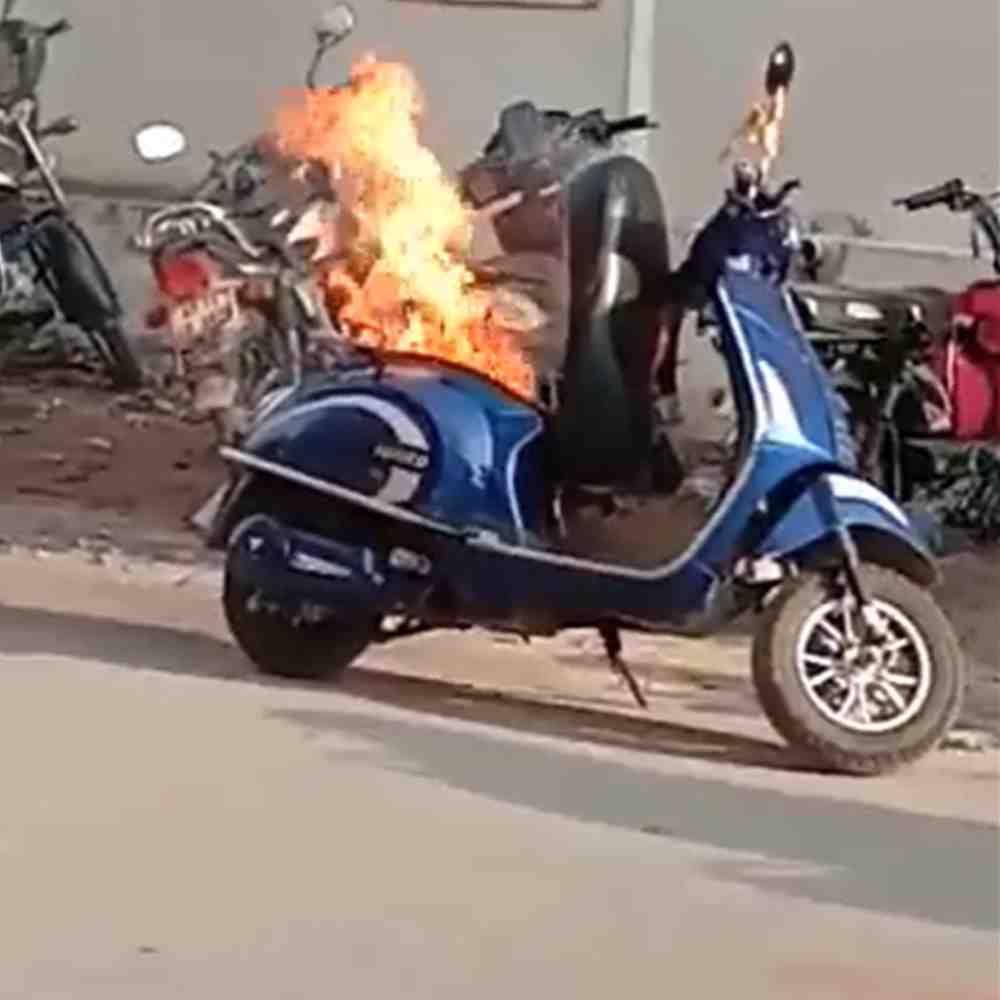The future of mobility is electric. Electric vehicles are gaining popularity worldwide. Leading automakers have also stepped into the field of e-mobility. In India too, the Central and State Governments are promoting EVs through subsidies and electric vehicle policies. But in the last few months, there have been frequent incidents of fires in electric vehicles, especially e-scooters, in the country. This is a major concern for consumers as they prepare to switch to electric mobility. Two separate incidents in Pune and Vellore have raised big questions about the safety of electric vehicles. The government is taking the incident of e-scooter fires seriously. The Ministry of Road Transport has sent a letter to the Center for Fire Explosives and Environmental Safety, part of the Defense Research and Development Organization, requesting a thorough investigation into both fires.


Accidents involving Ola and Okinawa scooters have gone viral, raising concerns among many users. Incidents of EVs catching fire is a headache for the e-mobility industry itself. Sales charts can plummet unless an effective corrective action is taken. Companies need to examine in detail the battery design and cooling solutions in EV manufacturing. Switching from cobalt to sodium and other technologies in the battery will reduce the risk. Experts say the installation of battery swapping networks will also help reduce the risks.
When a lithium-ion battery pack in an electric vehicle catches fire, it gives some warning signs. First, the battery will swell and become very hot. Secondly, it may change color. There is also the possibility of burns and damage. If the smoke starts to rise, it is important to be careful and stay away from these.

Batteries can catch fire due to construction defects and electrical short circuits. When a malfunction occurs, the temperature and pressure of the battery cell increase rapidly. It also releases gases that cause combustion. High temperatures cause gases to ignite and result in fire. When a short circuit occurs, the temperature inside the battery reaches 500 degrees Celsius, which can cause an explosion.
An EV is less likely to catch fire. But controlling the fire in the battery is very difficult. To avoid accidents, do not charge the battery as soon as the vehicle has stopped running. Let it cool first. Detachable batteries must be disconnected before charging. Store the battery in a cool, dry place. Use only original units. Also, if you find any damage, file a complaint with the battery manufacturer.
As the incidence of electric vehicle fires continues to rise, insurance companies are likely to increase the premium for such models. Also, those planning to buy a new EV may not feel safe enough to switch from fuel vehicles to EVs. None of this will benefit the future EV market. That is why the government is taking this issue seriously. Investigations should be able to clear the smoke of anxiety and rumors. Hopefully it will become an incentive for the Indian EV market.
